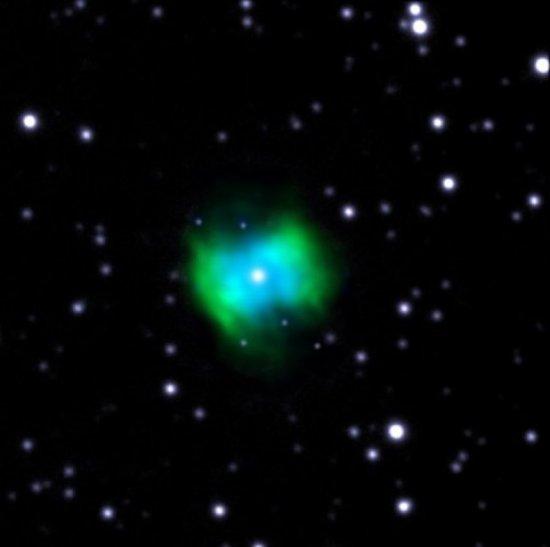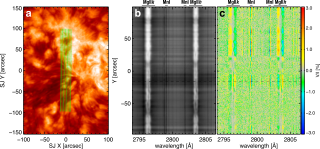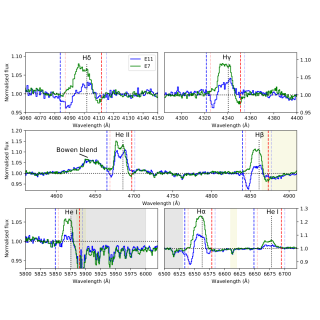For more than 70 years we have known that the weak recombination lines of the ions of elements, such as oxygen and carbon, give us values for their abundances that are much larger than those obtained using collisional lines, even though the collisional lines are 1,000 to 100,000 times brighter than the recombination lines. This discrepancy has cast constant doubt about one of the methods that has been mostly used to measure chemical abundances in the Universe. During the past few years the planetary nebulae group at the IAC have discovered that the planetary nebulae with the largest discrepancies in their abundances are usually associated with binary central stars, which have been through a phase with a common envelope; that is to say the process of expansion of the more massive of the two stars has meant that the other star is orbiting within its outer atmosphere, and the viscosity has brought the stars very close to one another. This study suggests that, at least for this type of stars, the evolution of the binary central object has caused the expulsion of a component of gas that is different from the main component. To try to corroborate this theory, an image of the emission of the planetary nebula NGC6778, which presents a large abundance discrepancy and a close central binary star, in the recombination lines of oxygen has been obtained with a tuneable filter of the OSIRIS instrument, attached to the Gran Telescopio Canarias (GTC). These emissions are very weak, and to isolate them specialized instruments on large telescopes are needed. It has been found that the spatial distribution of this emission does not coincide with the spatial distribution of the bright collisional lines. This result is very important because it is the first time that two different components of gas emitting lines due to the same ion have been distinguished by direct imaging. This result gives further evidence of the importance of the evolution and the interaction of binary stars for the understanding of many aspects of astrophysics, including subjects that are apparently unrelated such as the chemical evolution of the Universe.
False color image of the planetary nebula NGC 6778. In blue it is shown the emission coming from the O++ faint recombination lines; this image was taken with the blue tunable filter of the OSIRIS instrument at GTC. In green we see the emission coming fro
Advertised on
References



